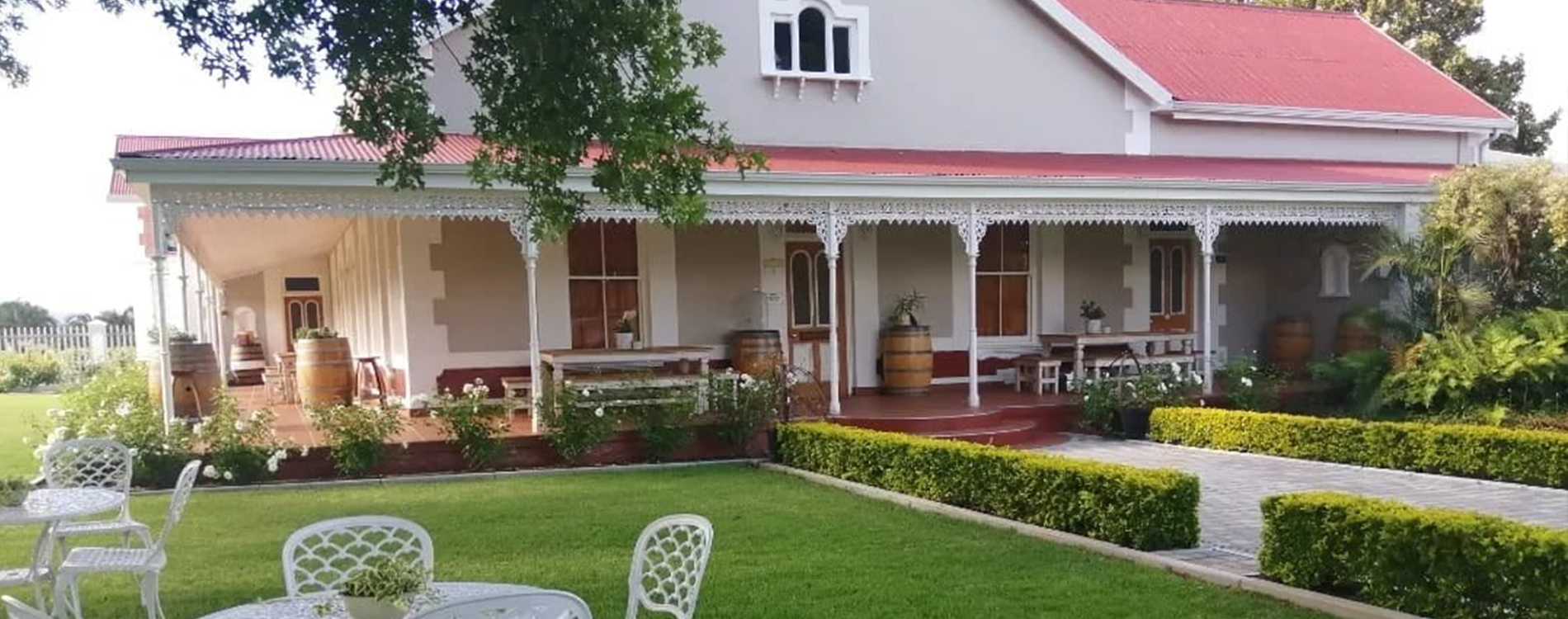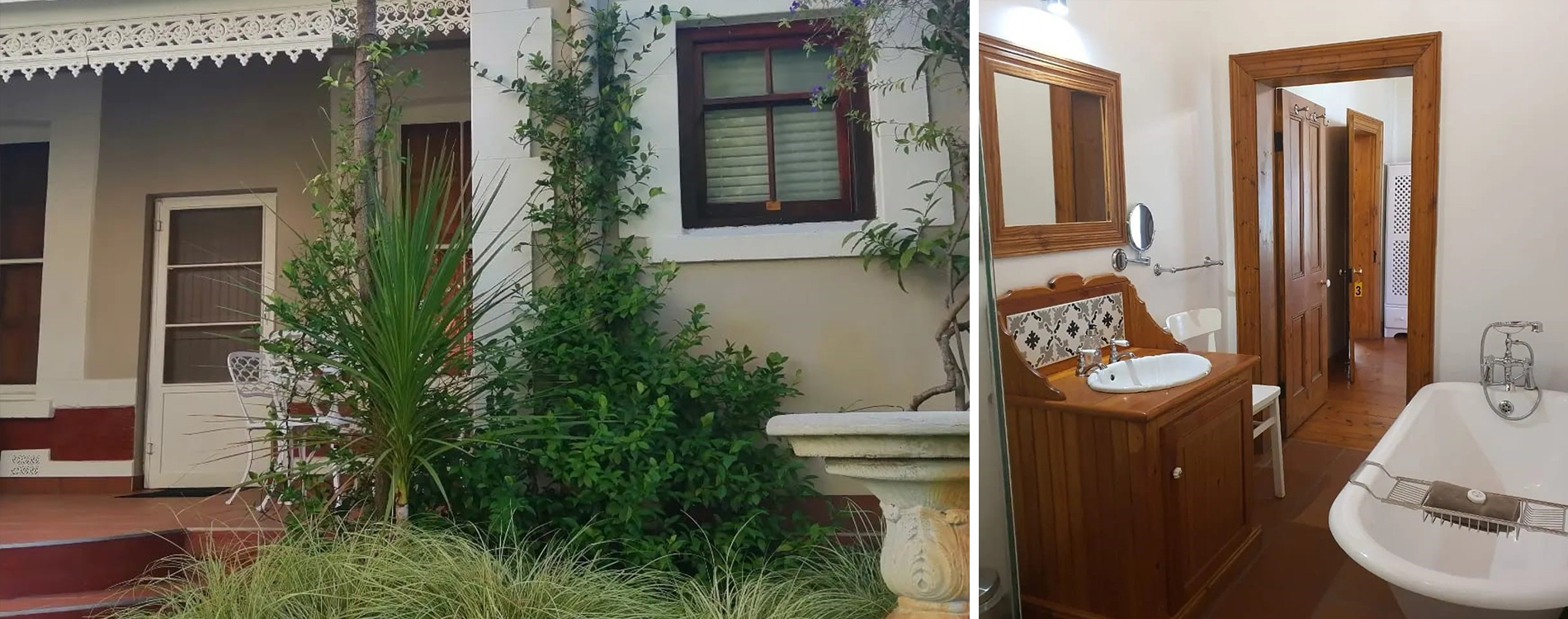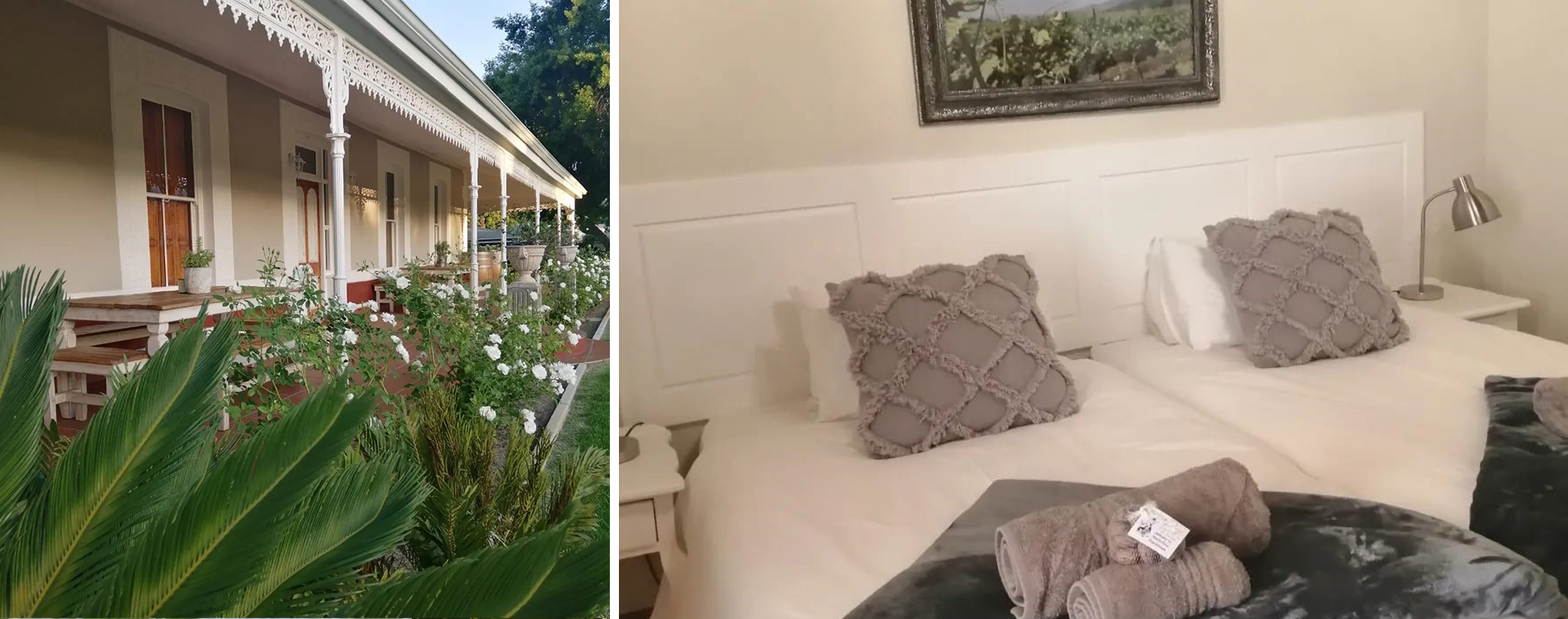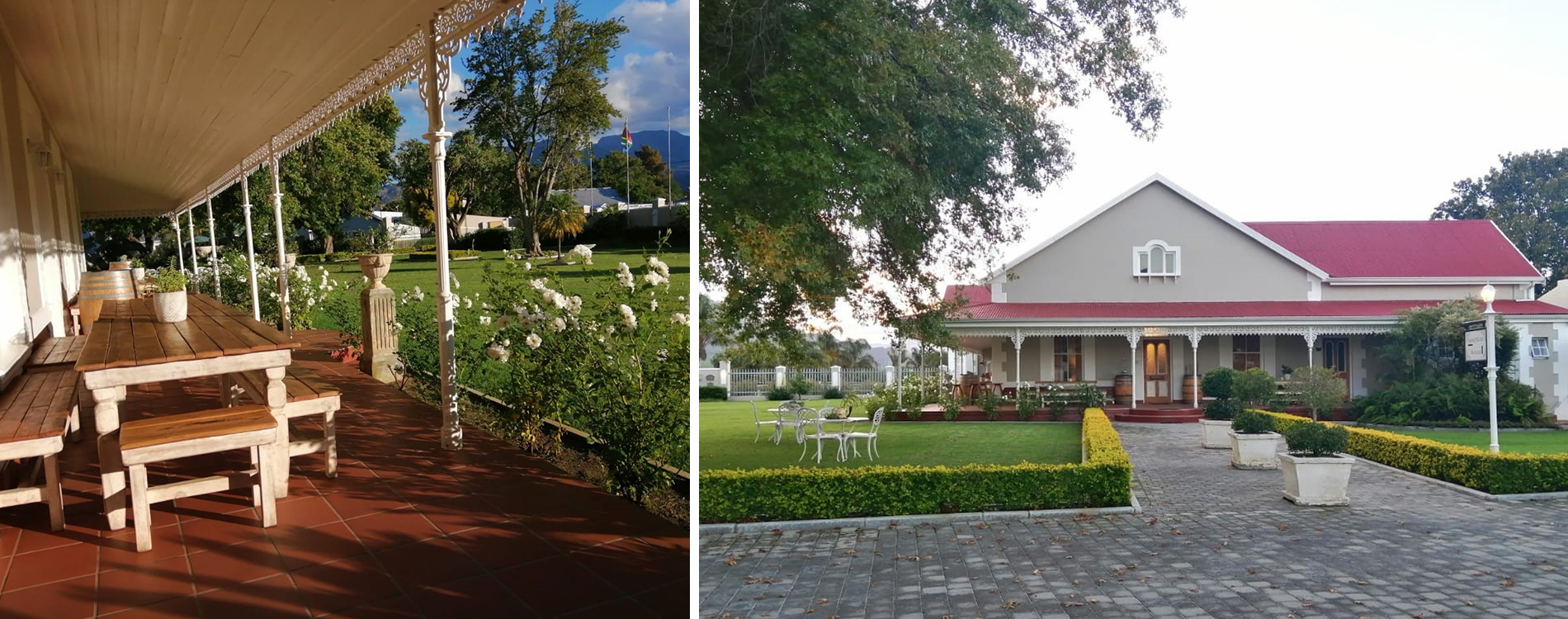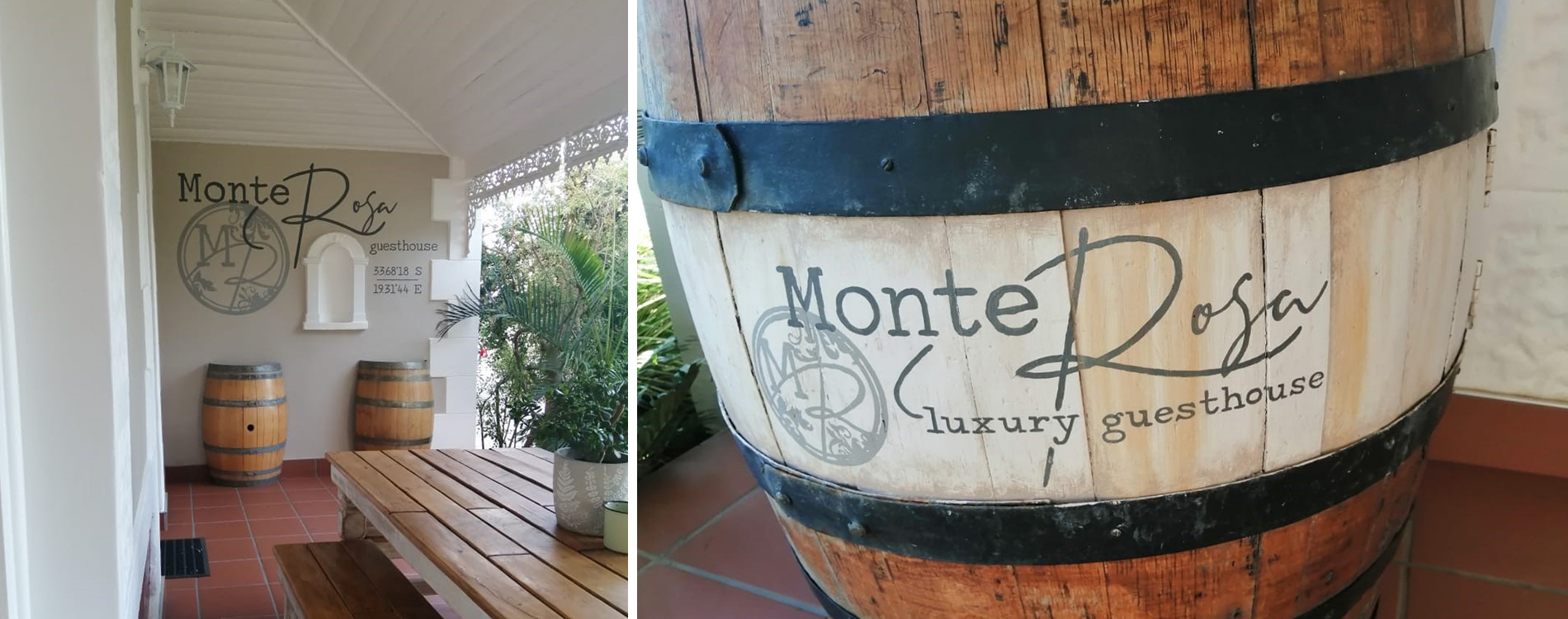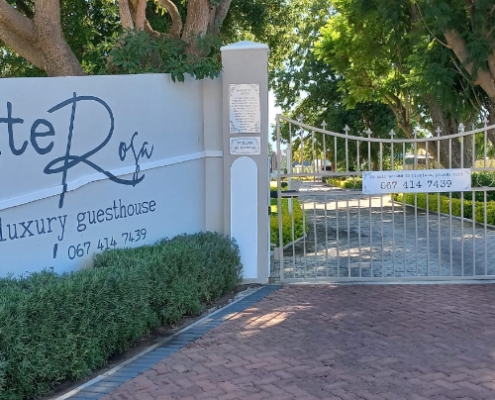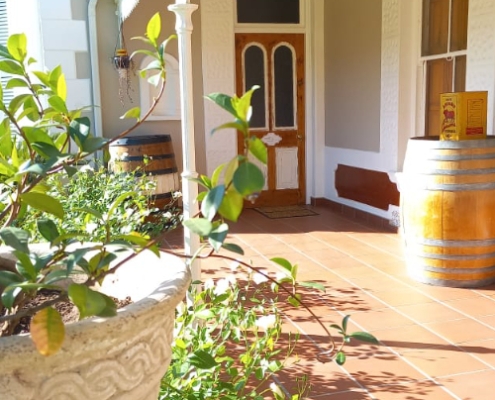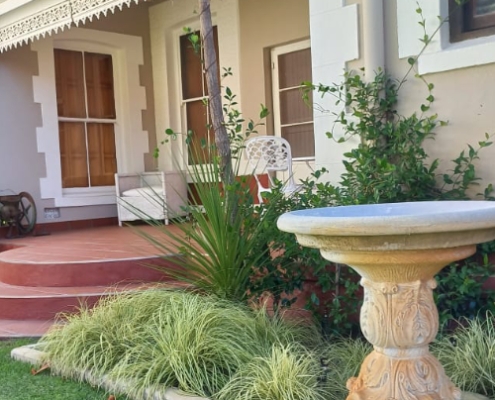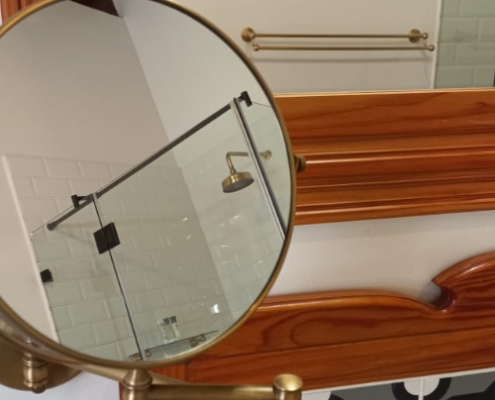Around 1709 European settlers occupied this area consisting out of the original farms Slanghoek, Klipdrift, Groot Vlakte, Gevonden, Goudyn, Boontjiesrivier, Dasbosch River, Pokkekraal, Aan-de-Smalblaar and Groot Eiland.
By the 1850’s the necessity for the formation of a hamlet – a small village, had become clear. The Ward was cut off from Worcester during rainy seasons when the Breede River burst its banks regularly.
The farm Aan-de-Smalblaar was transported to Johannes Petrus (Jan) Jordaan on the 23rd of July 1858. Jan Jordaan divided a portion of the farm into fifty seven (57) residential plots and these were sold on a public auction on the 11th of June 1859. The town was then named after William Rawson, the then Cape Colonial Secretary.
The Goudini School was formed in 1858 by forty five (45) people from the area. They were represented by seven school directors. Since then more schools have been established like, Rawsonville Primary and Weltevrede Primary.
At a public meeting held on the 16th of June 1878, the Worcester Ring Commission of the Dutch Reformed Church, granted permission for the formation of the Goudini Dutch Reformed Congregation on the 14th of October 1879.

